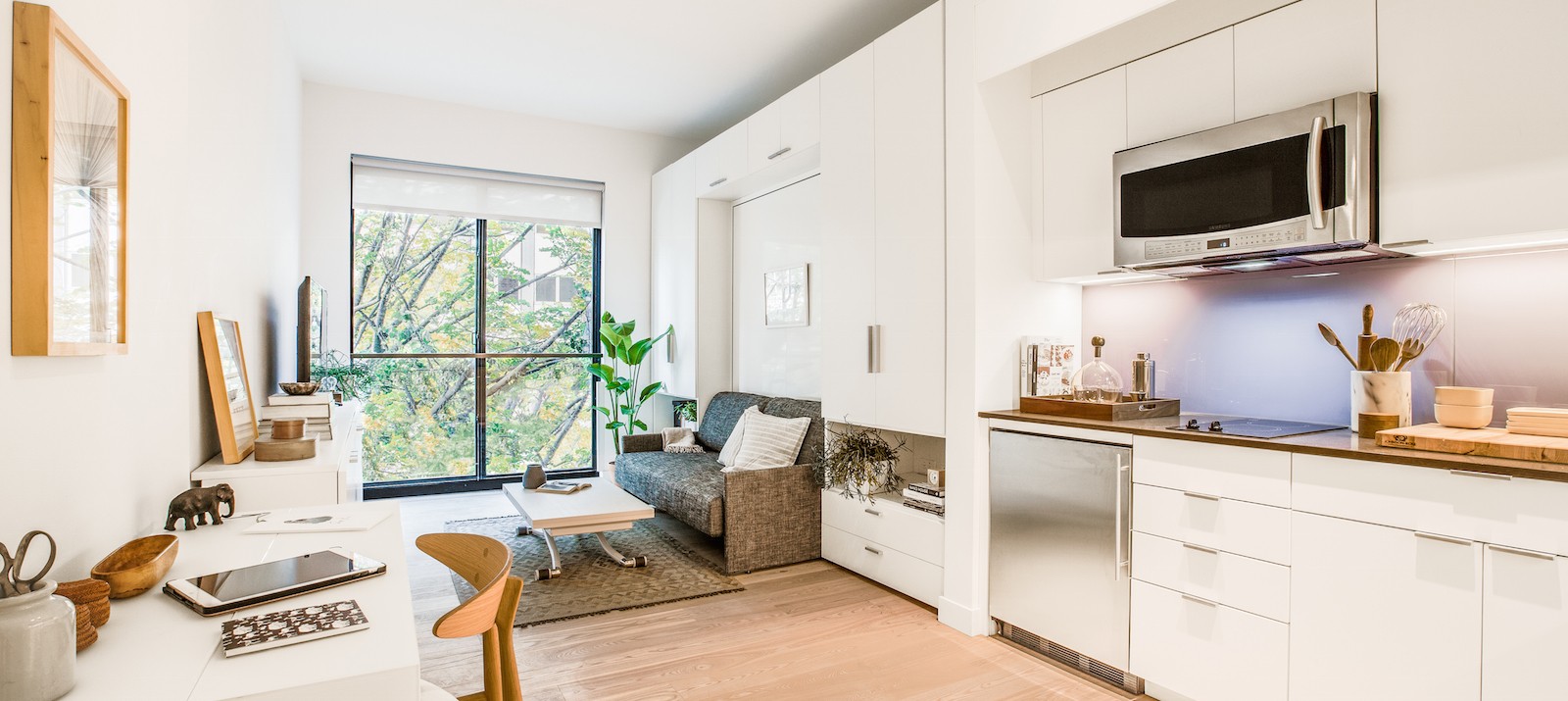You might think minimalist living has a particular look to it: clean white counters or a closet holding exactly 30 items, for example.
But a minimalist lifestyle isn’t about fitting all your worldly possessions into a single backpack — it’s about clearing or storing the clutter from your life and adjusting your mindset so you can live with more purpose and peace. Now it’s so much easier to store with MakeSpace, who handles all the heavy lifting and schlepping without costing more.
Joshua Becker, the blogger behind Becoming Minimalist, says that “minimalism is the intentional promotion of the things we most value and the removal of anything that distracts us from it.”
Safe, Secure, and Convenient—Find Your Perfect Storage Solution!
So rather than tell you how to create the perfect capsule wardrobe, we’re going to break down the principles of minimalist living so you can experience the sweet freedom of living with less — on your own terms.
Why has Minimalism Become a Popular Lifestyle Choice?
- The Desire for Simplicity: As lives become more fast-paced, people seek simplicity by living with less stuff and decluttering their environments, both physically and mentally.
- Environmental Awareness: Many are drawn to Minimalism because it promotes sustainability by encouraging less consumption and waste.
- Financial Benefits: Minimalist living helps people save money by focusing on purchasing only what is truly needed, aligning with the minimalist rules of intentional spending.
- Mental Clarity: Living with less reduces stress and distractions, helping individuals create mental space and peace.
- Focus on Experiences: Minimalism shifts focus from accumulating possessions to enjoying experiences and relationships, offering more meaningful ways to spend time and energy.
5 Benefits of Minimalist Living
- Reduced Stress: Fewer belongings mean fewer things to worry about, which can lead to a calmer and more peaceful living environment.
- Increased Productivity: Decluttering your space, both physically and mentally, allows you to focus on the tasks that matter, boosting your productivity.
- Financial Freedom: Living a minimalist lifestyle means spending less on unnecessary purchases, allowing you to save more and reduce debt.
- More Time for What Matters: By following the rules of Minimalism, you free up time previously spent on maintaining your belongings, giving you more room for meaningful activities.
- Environmental Impact: Owning fewer items contributes to less waste and a smaller carbon footprint, aligning with sustainable living principles.
8 Essential Minimalist Living Tips for a Simpler, More Fulfilling Life:
1. Evaluate your space and examine your priorities.
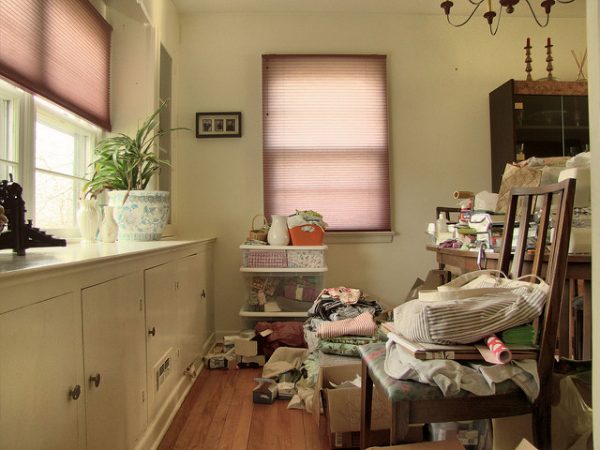
The first step to minimalist living is stepping back and observing. Examine your home, your belongings, your lifestyle, and your attitude from an objective perspective.
Do you own multiple versions of the same items? Do you feel stressed about trying to find a place to store the blankets your grandma knit for you?
Is your closet overflowing with clothes you never wear and can’t keep track of (here’s how to solve that bedroom closet problem)?
Do you spend five minutes in the kitchen searching for the right lids to go with your plastic containers (try these clever and easy kitchen organization ideas)?
The more you’re able to view the details of your life through an unfiltered, objective lens, the more clearly you’ll be able to see what it is you want to change.
2. Declutter every area of your home.

This one goes without saying. To live with less, you have to get rid of a lot, which can sometimes feel overwhelming and impossible.
The good news?
Starting is the most difficult part.
Once you commit to clearing out your space, the actual nitty gritty decluttering process will begin to feel manageable — maybe even fun.
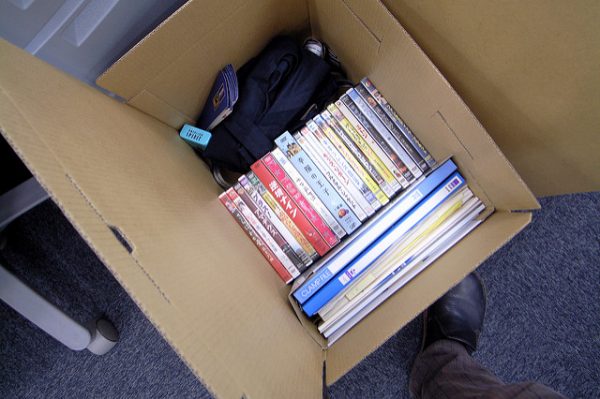
Here’s how to start decluttering: Start simple and get rid of any duplicate items you own.
Next, get rid of everything you don’t use or see on a regular basis. The stack of magazines you never read? Toss them.
The fuzzy socks you wear approximately once every two years? Say goodbye.
As you go through your belongings, focus on eliminating not just the items you don’t use, but also the ones that don’t bring joy or meaning to your life.
3. Store the things you can’t part with.
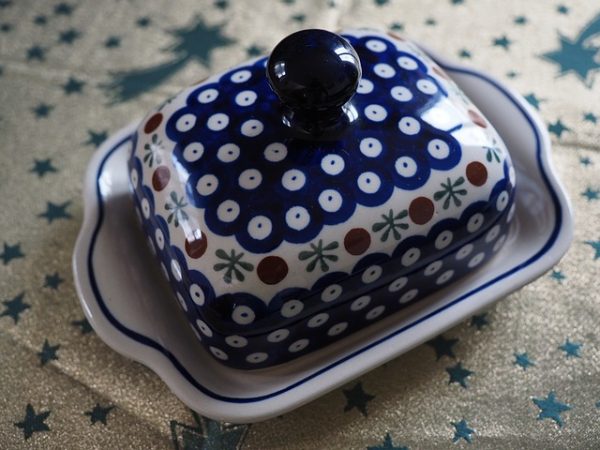
We all inevitably own items that we cherish but don’t have space for in our home. Minimalist living has no room for these things, and putting them into storage can be a great solution. Clutter is in 24 cities across North America and takes all the struggle out of storage. They pick up, haul, and store your stuff—then deliver it back when you need it.
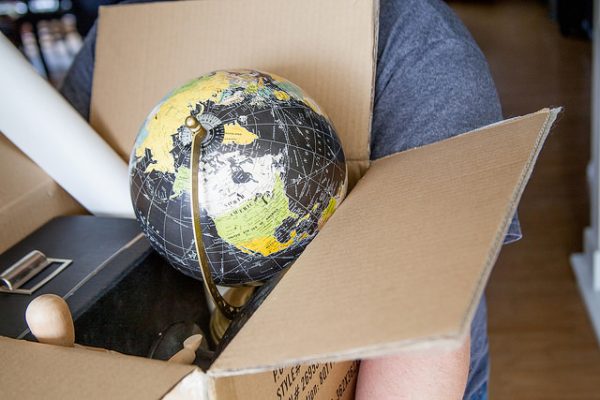
4. Think before you buy new things.
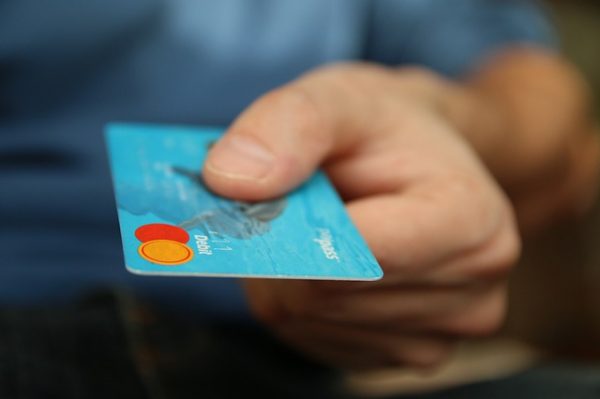
One of the biggest components of minimalist living is giving adequate thought to the things you buy or bring into your home. Before you scoop up the powder blue scarf you see for sale at your local boutique, stop to ask yourself why you feel the impulse to buy it. Do you need a scarf to keep warm or brighten your wardrobe for winter? Did you pick it up because you saw the red sticker with a 50% discount? Is the discount reason enough to buy it? Ask yourself the hard, decidedly un-fun questions before you add more stuff — and potentially more chaos — to your life.
Learn more: Here are 12 creative ways to store scarves, hats, gloves, sweaters, coats, and more
5. Seek high-quality stuff.
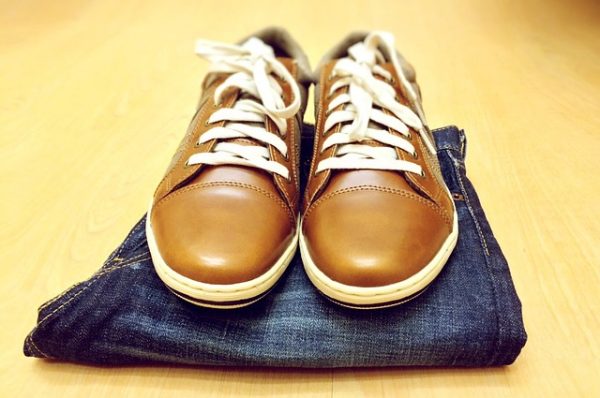
That being said, when you do need or want to buy something, go out of your way to make sure it’s a quality item. Investing your money and time into finding things that are built to last will ensure you don’t have to shop as often to replace your worn-down or broken belongings.
The same goes for style. Invest in classic, timeless pieces — whether it’s for your wardrobe, linen and bedding collection, or furniture — that you know you’ll love for years to come.
6. Be grateful for what you have.
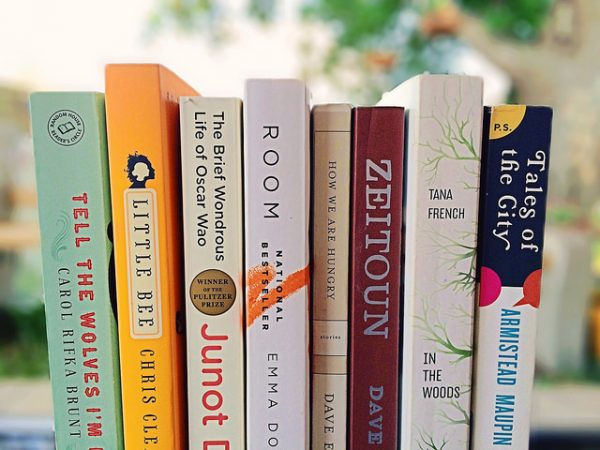
Minimalist living is largely about the search for contentment, and contentment begins with gratitude for what you have. Focus on the beauty, convenience, and ease your stuff brings to your life, whether it’s a painting that makes you smile or a French press that jumpstarts your morning routine.
When you feel grateful for everything you own, the desire to own more gradually disappears.
7. Purge on a regular basis.

Regularly evaluate your stuff to see what (if anything) has become a burden or unwelcome distraction in your life.
Depending on your lifestyle, the purge process can take different forms. You might want to comb through your closet at the start of every season to eliminate clothes you no longer want. Maybe you like to walk around your house once a month and put everything you don’t need into a big donation bag.
Or you might have a firm “one in, one out” rule like 90-square-foot-apartment dweller Mary Helen Rowell, meaning that for every item you bring into your home, you get rid of another.
8. Disassociate from your material belongings.
Minimalist living means learning to detach yourself from what you own. It’s completely fine to treasure your favorite book (and get rid of books you don’t love) or feel serious appreciation for the jeans that fit you just right, as long as you realize that these things are temporary sources of joy.
The stuff you own doesn’t fuel your happiness.
You know what does?
Experiences and relationships.
So go declutter, then get out there and live!
How to become a minimalist
Now that we have a basic idea of minimalism let’s dive into eight easy steps to living a minimalist lifestyle!
1. Set your rules for minimalism

Minimalism is different for everyone. Some people define their minimalist lifestyle by only owning a certain number of items (like a capsule wardrobe).
Other people achieve a minimalist lifestyle by minimizing the actual space that they take up in the world and may seek out smaller living arrangements like a studio apartment or tiny house.
And that’s the beauty of minimalist living: you get to look at your life — your job, the number of people in your family, your lifestyle, your needs and desires — and determine what minimalism looks like on a personal level.
Maybe it’s simply decluttering your home. Maybe it’s moving to an apartment that’s 200 square feet smaller than your current living situation. Or maybe it’s completely downsizing your life.
Whatever your definition of minimalism, make sure that it’s something sustainable and achievable for your life.
“No need to cannonball into the minimalism pool. It’s ok to dip a toe in first.” — Asha from Adventures with Asha
2. Start with a clean slate
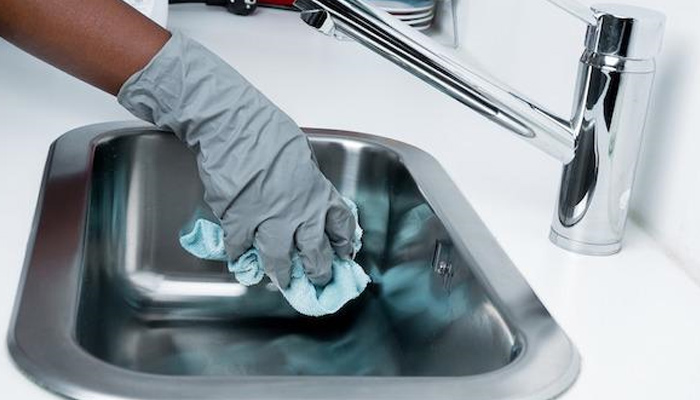
As much as we all hate to admit it, there are some items in our homes that are just junk. The box that your Amazon order came in. Your favorite sweater that shrunk in the wash. The broken items that we say we will get around to fixing but obviously never do.
In reality, these items are wasted space, and minimalism is all about maximizing space. So the first step is to start with a literal clean slate and throw out all of the trash.
3. Use it or lose it
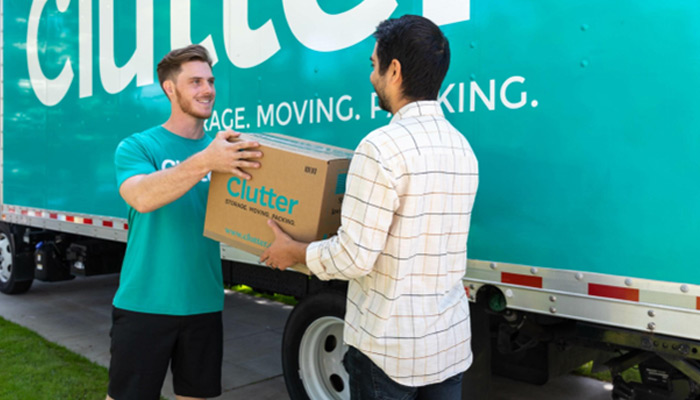
Remember how we learned that minimalism is all about adopting a less is more mentality and only living with the things that you need?
Put that to the test by implementing the Use It or Lose It Rule.
In the midst of your initial cleaning, you may come across some items that you have used before but haven’t used recently. I call these “once upon a time items.” (As in, “Once upon a time not long ago, when people wore pajamas and lived life slow, I thought I could pull off patterned leggings.”)
When you find these items, use the Six Month Use It or Lose It Rule. If you haven’t used it at least twice in the last six months, then it’s time to toss it.
If it’s a seasonal item, like your winter coat or a swimsuit, then ask yourself if you used it regularly last season. If so, you can still temporarily remove it from your space with a pickup by Clutter, and have it delivered back next season. Eventually, try to work up to tossing things that you haven’t used in the last three months, and then items from the last month.
And remember, keep only what you need now, not what you think you’ll need in the future.
4. Organize items by category
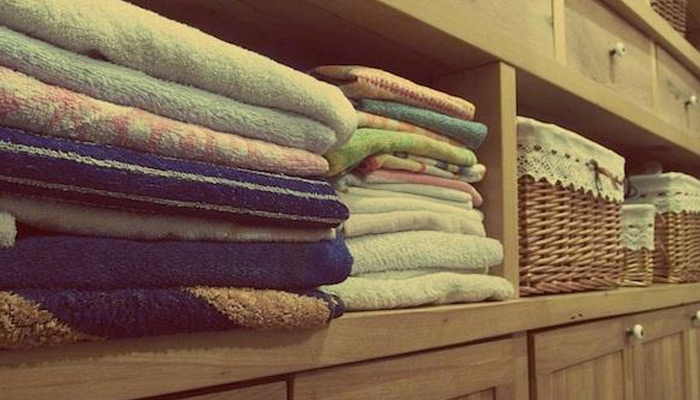
The next step in your minimalist journey is to organize and declutter your home.
Some people like to organize everything by location. In this scenario, everything in the living area gets organized, and then everything in the kitchen, and then everything in the bedroom, etc.
But think about all the places in your house where you might keep a writing utensil. At quick inspection, I found five in my living room, one in my kitchen, three in my bedroom, and there was even one in a drawer in my bathroom. If I organized each location individually, I would still end up with 10+ writing utensils.
That’s where the KonMari method comes in. It’s one of the hottest cleaning, decluttering, and organizing methods out there right now, and one of the golden rules is to organize items by category, not by location.
Doing so allows you to easily get rid of the duplicates. You’ll see exactly how many spoons, towels, blenders, sunglasses, shoes, and books you have. Then you can make more educated decisions about what to keep and what to toss.
Looking for some guidance on how many of a certain item you need?
Here are three rules of thumb:
- Three sets of sheets per bed (two if you do laundry more often)
- Three towels per person
- Three mugs per person
5. Ask yourself the hard questions

Sometimes we are too emotionally tied to our sentimental items. Minimalism forces us to let go of those emotions, and focus on functionality.
When you find yourself struggling to decide if an item should stay or should go, ask yourself these three questions:
- Is it useful?
- Is it the only one I have?
- Does it bring me joy or love?
If you answer yes to any of the above questions, then it can stay.
You wouldn’t throw away your only blender if you use it weekly, and you don’t have to toss your grandma’s old photo albums (here’s how to store and preserve your old photographs). But you could throw out the second blender that you have, or that old postcard from grandma that is nice, but doesn’t quite tug at your heartstrings.
Learn more: Decluttering Flowchart: Finally Expel Clutter From Your Home
6. Combine uses
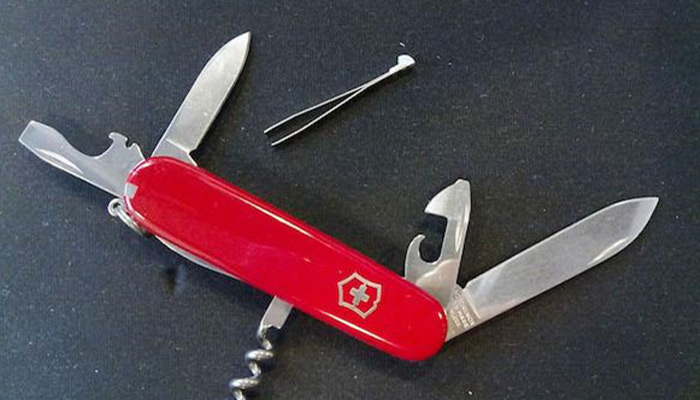
If you’re trying to have less, then it makes sense to have items that serve more than one purpose. This is especially easy to do with kitchen utensils and appliances (like a four-in- one-grater or a single bottle opener for wine and beer).
It can also be done with other items, such as these space-saving furniture ideas for every room in your apartment. You can also buy a duvet cover that can be used unfilled in the summertime as a light comforter, and then filled with a heavy duvet in the winter.
7. Minimize space
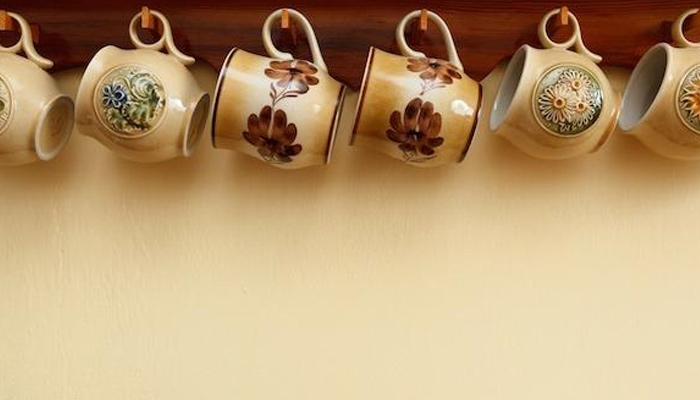
Struggling to minimize items? Minimize the space they take up instead.
Hang your paper towel roll or mugs under a cabinet. Get wire shelving to maximize space in your cabinets. Instead of keeping all your old photo albums, scan the pictures to your computer. Your family will probably appreciate a slideshow of photos way more than crowding around one photo book.
8. Bring in less
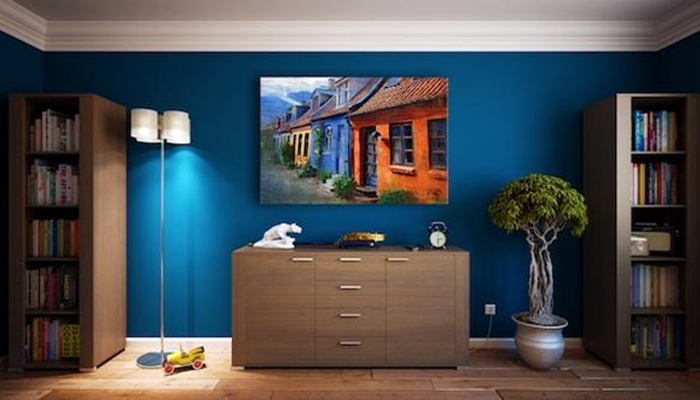
Once you’ve minimized the amount of things you own, make sure that you start to limit what you bring into your home, as well. You didn’t do all this work to be undone by a few impulsive shopping sprees.
Try removing one piece of clothing from your closet for every new item that you purchase. Set yourself a spending limit for new items each month. And be sure to cancel those magazine subscriptions that you don’t read.
Learn more: 13 Painless Ways To Organize, Store, And Get Rid Of Paper Clutter
By adopting a more minimalist lifestyle and applying it to your future purchases, you can actually save money.
Minimalism doesn’t have to be complicated. Make these easy changes to your lifestyle, and you’ll enjoy living with less in no time.
Safe, Secure, and Convenient—Find Your Perfect Storage Solution
What is the 90/90 Rule?
The 90/90 rule is a minimalist living tip that helps guide decisions about keeping or letting go of items. The rule suggests that if you haven’t used an item in the past 90 days and don’t expect to use it in the next 90 days, it’s likely something you can live without. This rule encourages living with less stuff by evaluating whether each item adds real value to your life.
By embracing minimalist living examples like the 90/90 rule and other minimalist lifestyle tips, individuals can find a more straightforward path toward living with less and creating more meaningful, intentional lives.
Conclusion
Minimalist living simplifies life by focusing on what truly matters. By decluttering, embracing quality over quantity, and being mindful of new purchases, you create a peaceful and purposeful environment. These essential tips help you live with less, reduce stress, and find greater fulfillment in your daily life, making minimalism a practical and rewarding choice.
FAQs for Essential Minimalist Living Tips for a Simpler, More Fulfilling Life
Q: How can I ease into a minimalist lifestyle without getting overwhelmed?
Start small by decluttering one area at a time, such as a drawer or a shelf. Focus on gradually reducing items instead of tackling everything at once. As you see progress, you’ll gain momentum without feeling overwhelmed.
Q: How can I maintain a minimalist lifestyle with a busy family or household?
Minimalism with a family is about creating systems that work for everyone. Involve the family in decluttering, set clear spaces for essentials, and focus on quality time rather than material items. Simplifying routines can help make the home more organized and stress-free.
Q: Can I still enjoy hobbies that require equipment and stay minimalist?
Yes! Minimalism doesn’t mean giving up hobbies. The key is to keep only the equipment you truly use and enjoy. Organize it efficiently and be mindful of acquiring new gear. Prioritize the things that enhance your passion and let go of items that don’t add value.
Q: What’s the best way to manage sentimental items when embracing minimalism?
It’s important to be selective with sentimental items. Keep only those that hold deep meaning and bring you joy. Consider taking photos of items before letting them go, so you still have the memories without the physical clutter. You can also pass items on to loved ones who might cherish them.
Q: How can I practice digital minimalism in a tech-heavy world?
Start by decluttering your digital life—uninstall unused apps, clean up your inbox, and organize your files. Set boundaries for screen time and social media usage. Prioritize using technology that enhances your life and reduces distractions to focus on what’s important.
Top image via Ollie
This article was written by Paige Smith, a freelance writer from Orange County, California who specializes in lifestyle, wellness, and travel topics.


